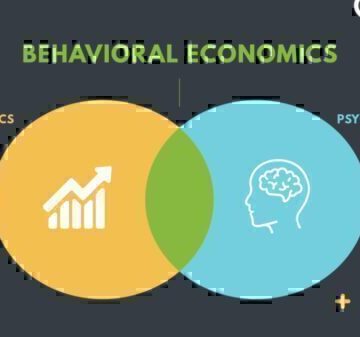The 2024-25 FAFSA Form is currently available, but before you apply, it is important to note several key updates.
Form submission requires creating a StudentAid.gov account, identifying contributors, and granting consent. It’s also worth noting that changes have been made to financial aid calculations and Pell Grant eligibility.
Interested in free student loan counselingfree student loan counseling? Connect with NFCC-certified counselors today who can offer budgeting guidance and connection to money-saving resources.
Student loan repayments resumed in October 2023, and for so many Americans, this event was a stark reminder of how essential student aid can be when it comes to reaching our academic milestones.
One big barrier to securing student aid? The ever-evolving FAFSA Application (as a reminder, FAFSA = Financial Application for Federal Student Aid.) Before diving in, it’s important to understand the various changes that have been made. Here’s the breakdown of steps and updates you need to know for the 2024-25 year:
Access the 2024-25 FAFSA Form HERE
Choosing the Right Form
Ensure you choose the correct FAFSA form based on your academic period:
- July 1, 2023, to June 30, 2024: 2023-24 Form
- July 1, 2024, to June 30, 2025: 2024-25 Form
- Attending during both periods: Submit both forms
- Attending summer classes: Confirm with your financial aid office
Creating an Account
- Accessing the 2024–25 FAFSA requires a StudentAid.gov account.
- Both students and contributors must create their accounts. Contributors can now register without a Social Security Number (SSN).
- Students, excluding citizens of the Freely Associated States, require an SSN for registration. Early account creation ensures prompt FAFSA form access.
Identifying Contributors
- The 2024–25 FAFSA introduces the term “Contributor,” covering individuals like yourself, spouse, parents, and parent’s spouse. Contributors provide information and consent for automatic transfer of IRS tax details to the FAFSA form.
- Other relatives (grandparents, siblings, aunts, uncles, foster parents) are not contributors unless they have legally adopted you, and being identified as a contributor does not imply financial responsibility for educational costs.
- Parents are designated by students, and if married parents file taxes separately, both are considered contributors.
- For an independent student, a spouse will be identified as a contributor if you’re currently married (and not living separately) but did not file your taxes jointly.
- The involvement of contributors is essential for eligibility for federal student aid, whether you’re dependent or independent.
Consent and Approval Process
- Both students and contributors must grant consent for the IRS to transfer tax information to the FAFSA form.
- This requirement stands regardless of contributors having a Social Security number (SSN) or tax filing status. Lack of consent renders applicants ineligible for federal student aid.
Transform your finances with GreenPath’s expert support. Take charge of your money starting now.
800-550-1961877-337-3399Changes to Financial Aid Calculation
- The 2024–25 award year sees the Student Aid Index (SAI) replacing the Expected Family Contribution (EFC). Ranging from –1500 to 999999, the SAI aids in determining financial aid eligibility.
- Colleges, career, and trade schools use the SAI to calculate the type and amount of financial aid a student qualifies for.
Expanded Pell Grant Eligibility
- Starting in the 2024–25 award year, an estimated 610,000 new students and 1.5 million additional students may qualify for a Federal Pell Grant.
- While the SAI contributes, family size and federal poverty guidelines also impact eligibility. The maximum Pell Grant award for 2024–25 will be announced in 2024.
FAFSA Submission Summary
- The FAFSA Submission Summary replaces the Student Aid Report for the 2024–25 award year. This Summary has been specifically designed to highlight your eligibility for federal student aid.
- It will include the answers that you submitted on your FAFSA form (except for any federal tax information that was transferred directly from the IRS), your SAI, and an estimation of the amount of federal student aid that you may be eligible for.
- Your FAFSA Submission Summary is not an aid offer. Aid offers will come directly from any schools you’ve listed on your FAFSA form and have been accepted to.
Need additional guidance and resources? Head HEREHERE for information about free student loan counseling, the SAVE Plan, and more.
GreenPath Financial Service
Free Debt Counseling
Take control of your finances, get tailored guidance and a hassle-free budgeting experience. GreenPath offers personalized advice on how to manage your money.










